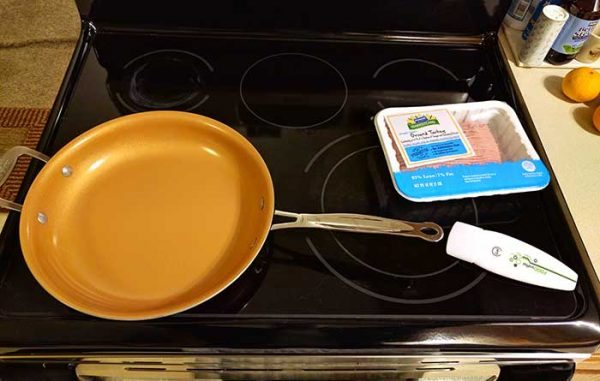
Have you ever done the “does this smell funny” dance when you’re preparing to fix dinner? What’s that you ask? It’s when you take a package of raw meat from the fridge, open it and sniff it. But instead of smelling nothing which means it’s fresh and ready to cook, you smell “something”. At that point, you ask someone else to smell it to get their opinion and then you go back and forth trying to decide if the meat is spoiled.
Using your nose to determine if food is spoiled is usually easy unless you have a cold or some other reason why your sense of smell is hindered. If only there was a gadget that could tell you if raw meat was spoiled instead of relying on your olfactory senses. Guess what? There is. It’s the FOODsniffer, an electronic nose for raw meat.
I’m very familiar with the “does this smell funny” dance because we used to do this frequently after buying ground turkey from the local big box grocery store whose name starts with a W. I always made sure that the sell-by date was at least 5 days or more in the future when buying raw meat. But it seemed like no matter how far in advance the sell-by date was, the meat would be spoiled when it came time for me to cook it. We got so tired of wasting money that we have sworn off buying any more raw meats from the previously mentioned store. Since switching to a different store, the issue has disappeared. But I digress.
What is it?
The FOODsniffer is a handheld mobile sensor that determines the freshness of raw meat, poultry and fish by detecting certain gasses that are present in spoiling meats.
What’s in the box?
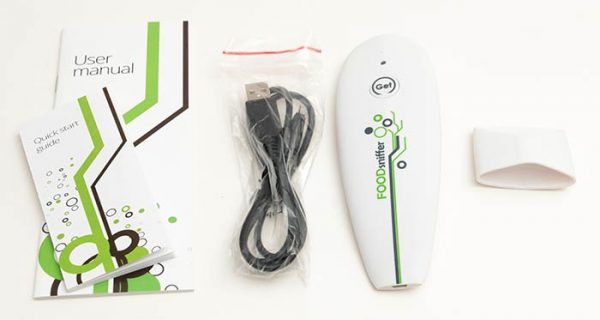
FOODsniffer
Nozzle
Quick start guide
User manual
Design and features

The FOODsniffer looks like a Malibu Barbie sized surfboard. It’s made of plastic with a status LED and a power button on the top.
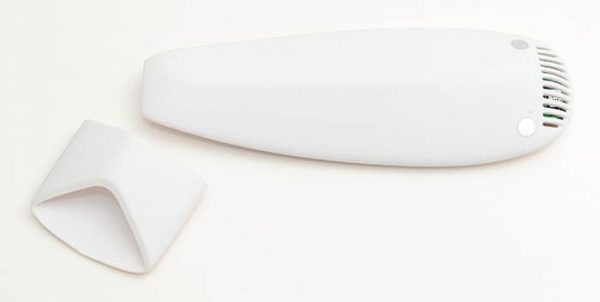
On the bottom is the sensor which can be used by itself or with the included nozzle.
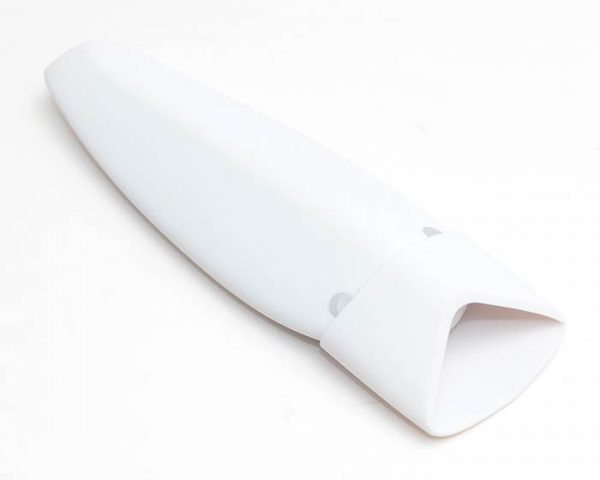
The nozzle snaps awkwardly to the end of the FOODsniffer and allows you to get ultra close to the raw meat without getting any icky stuff on the actual sensor. Since you can wash the nozzle, but you can’t wash the sensor, it’s best to use the nozzle for all your food sniffing testing activities.
Ready, sniff, go!
The first step to using the FOODsniffer is to charge it. You do this by plugging the included micro USB cable into the end of the device and the other end into a computer’s USB port or a USB AC adapter.
The next step is to install the FOODsniffer iOS or Android app on your mobile device, press the button on the top of the FOODsniffer and launch the app.
The app will connect to the FOODsniffer and perform a calibration. It does this every time you restart the app. When the calibration completes, the main interface will be displayed. This is where you choose the type of raw meat that you wish to test. There’s also a switch to toggle if you’ll be using the nozzle.
After you choose the type of meat you wish to test, you can press the Get button on the screen. At this point, the device will do another calibration so make sure that you don’t have it near any smelly foods until you are prompted to put the FOODsniffer near the meat.
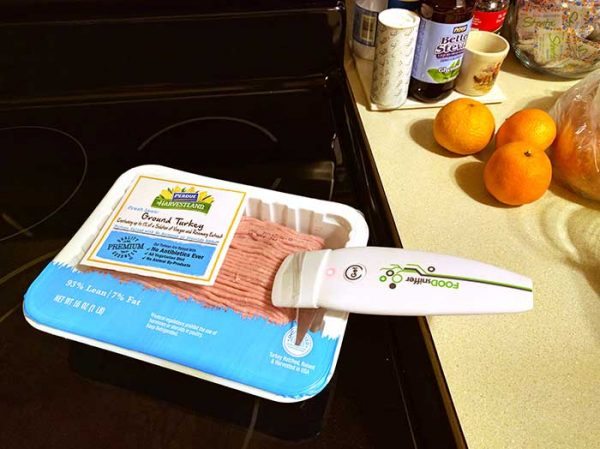
The best way to do the test is to cut a slit in the package just large enough to insert the nozzle.
As the sensor is taking the sample, a graph will be displayed to show the progress. When the test is completed (it takes about 10-15 seconds), the result will be Fresh, Cook Well or Spoiled.
I used the FOODsniffer to test a variety of raw meats including ground turkey (guess which of the test results it earned from the images above?) and was surprised when I was told that some fresh meats were on the verge or already spoiled. This was BEFORE I figured out that the FOODsniffer is designed for only testing raw meats and not cooked meats. In my opinion, this limits the usefulness of this device to only people who actually cook, and not to people who bring home foods that have already been prepared.
Final thoughts
My first test was a package of raw ground turkey that I was sure was fine. I was getting ready to brown it to use in some soup and decided to use the FOODsniffer to test it before I used my nose. Imagine my surprise when the FOODsniffer said it was spoiled. I thought for sure the FOODsniffer was defective or useless because I had just purchased the meat 2-3 days prior and it had been in my refrigerator the whole time where the temperature is a constant 33 degrees according to the AcuRite digital refrigerator thermometer that I use. But the FOODsniffer test results were right because I then used my nose and sure enough, I smelled something funky. Darnit, there goes another $5! :o[
So the FOODsniffer works. Great. But does it do a better job than your nose? I don’t think so. And with a price tag of $129 and a limitation of testing only raw meats, I just don’t think it’s worth it. If the FOODsniffer could be used on all FOOD, I’d be more likely to recommend it, but as it is, it should be renamed to RawMEATsniffer.
For now, I’ll continue to do the “does this smell funny” dance or maybe I’ll try going vegetarian so I don’t have to worry about it anymore.
Source: The sample for this review was provided by FOODsniffer. Please visit their site for more info.
Gerber Gear Suspension 12-in-1 EDC Multi-Plier Multitool with Pocket Knife, Needle Nose Pliers, Wire Cutters and More, Gifts for Men, Camping and Survival, Grey
23% OffGerber Gear Diesel Multitool Needle Nose Pliers Set, 12-in-1 EDC Multi-Tool Knife, Survival Gear and Equipment, Black
$129.99 (as of December 4, 2025 18:19 GMT -05:00 - More infoProduct prices and availability are accurate as of the date/time indicated and are subject to change. Any price and availability information displayed on [relevant Amazon Site(s), as applicable] at the time of purchase will apply to the purchase of this product.)Product Information
| Price: | $129.99 |
| Manufacturer: | FOODsniffer |

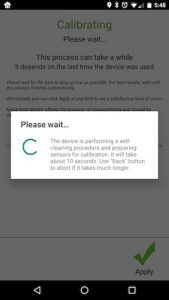
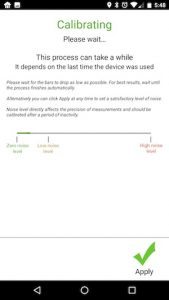
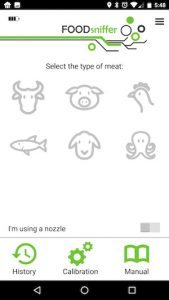
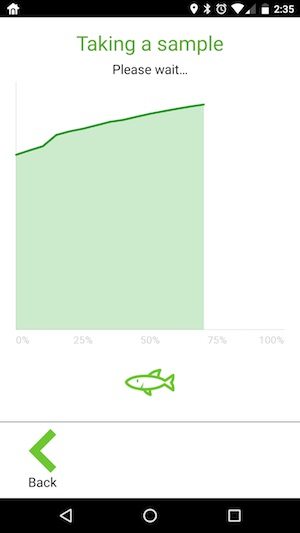
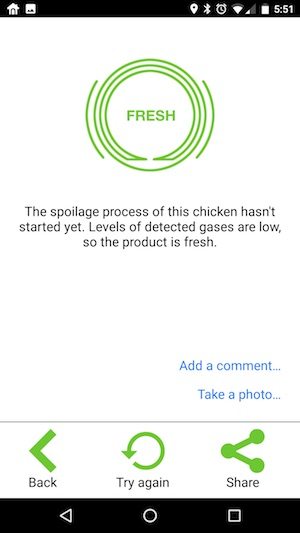
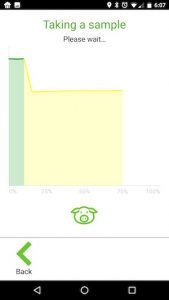
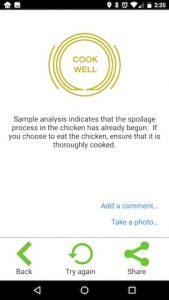
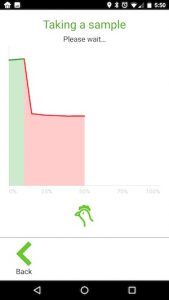



Gadgeteer Comment Policy - Please read before commenting
Interesting product. I lost my sense of smell about 15 years ago, and since then my wife is my “FOODSniffer.” That’s worked fine (I’m alive!), but I wouldn’t mind having a second opinion sometimes as I suspect she has an active olfactory imagination. As I was reading the review, I decided I’d be willing to spend $50 for this gadget, but I don’t think I’m ready to spend $129. If I lived alone, I might be tempted.
Interesting Product..But its too expensive